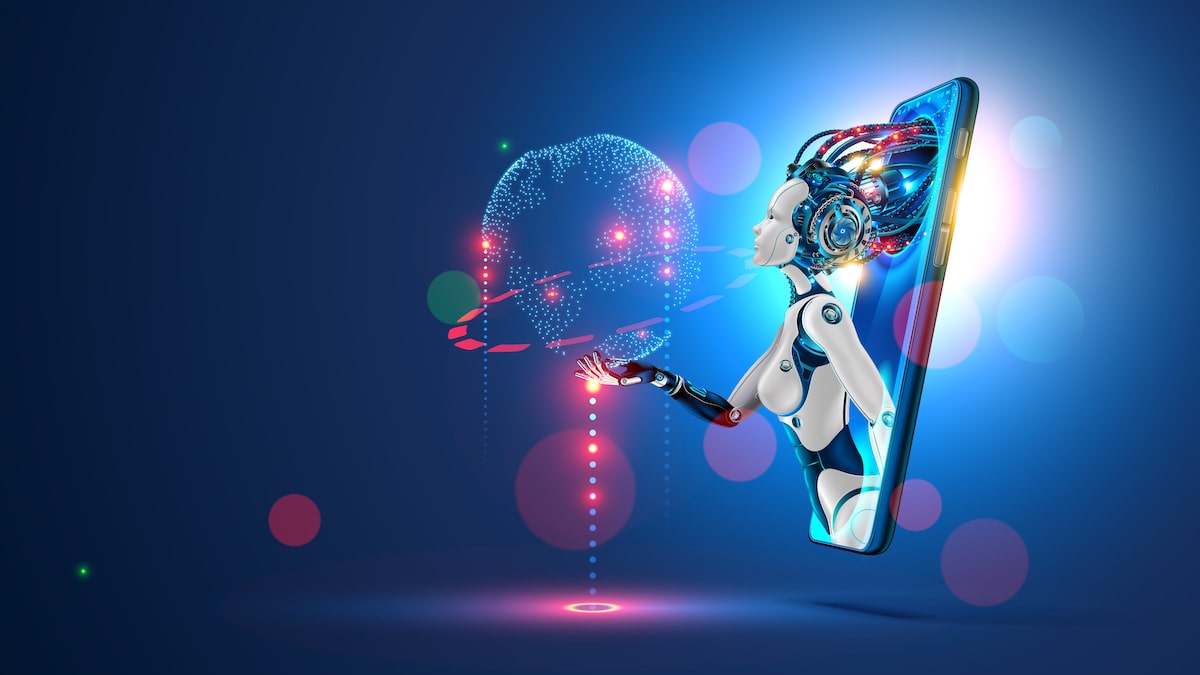AI, ML, and DL Used in Apps
As a type of science, tech speak has a lot of acronyms, and people in the industry tend to throw around the acronyms with the expectation that other people will keep up with what they are saying. While this does tend to be true more often for technology than most other sciences, that doesn’t mean that people actually understand what the acronyms stand for and what they mean.

As a type of science, tech speak has a lot of acronyms, and people in the industry tend to throw around the acronyms with the expectation that other people will keep up with what they are saying. While this does tend to be true more often for technology than most other sciences, that doesn’t mean that people actually understand what the acronyms stand for and what they mean.
Saying that AI, ML, and DL are all important aspects of apps doesn’t mean much when you only have a vague idea of what they are. To help, this article is going to detail what you need to know and which one you are likely to need for your app based on how they tend to be applied.
The Difference Between the AI, ML, and DL
First, let’s better understand what these three acronyms mean.
- Easily the best known is the broadest acronym; AI stands for artificial intelligence. The basics of AI is that it is a way of studying and building intelligence with programs and machines, or inanimate objects. The typical image is that AI is a robot or android, but most AI are just programs that people don’t even realize they are using. One of the earliest examples was a basic Chess program that could be hard programmed to react to the moves of an opposing player, but never varied beyond the original code.
- ML stands for machine learning, which is a level (or subset) of AI that denotes the ability of code to change as the machine receives more data from users. The program or machine learns largely through algorithms to start understanding what a user is likely to want from the program.
- DL stands for deep learning and is another level of ML that goes beyond just algorithms. This type of program works more like the neural system, conducting analyses of several factors simultaneously.
All three of these are related. DL is a more robust form of ML, which is a type of learning AI. DL is a more complex type of ML, able to do more complicated tasks.
There are specific situations when one of these is a better option than the other two. You need the right tool for the right project.
AI Use in Apps
It isn’t always necessary to have the most cutting edge, complicated type of AI to get a job done. In fact, in most cases, you aren’t going to want something complex because it will be more difficult to test and maintain.
Known as symbolic or classical AI, the most basic types of apps that interact with users will use this kind of AI. Any time you need the program to react in predictable, pre-coded ways, this is the type of AI you use.
Gaming apps are a primary example of this where a person can fill in some information, then see pre-coded information based on the input. Things like quiz games are a great example of predetermine responses to user input.
ML Use in Apps
A growing number of apps use ML because it provides a more personal experience. It can begin to anticipate and react without the user having to spend as much time entering information into the app. The most obvious examples of ML is the Google search box, Amazon search, and Netflix recommendations. These may not necessarily be apps, but they are the most well-known examples of software learning about the user and trying to assist in guessing what you want.
This would apply to apps where your user is likely to want a short cut based on their previous behaviors.
DL Use in Apps
DL isn’t as common because it requires a much more intricate type of neural networking to gain a deeper understanding of what users want. Examples of DL include Apple’s Siri, Amazon’s Alexa, and other smart device assistants. Most apps do not require this level of learning to provide a great user experience.
Typically, DL apps will be frequently used and need to connect to larger data sets or vast amounts of information. This really isn’t necessary for most apps which just look at specific user information, not a much more macro look at a large range of options.
How AI Benefits Apps
There are many reasons why varying forms of AI are becoming frequently adopted in apps.
- Analyzing user behavior makes it much more convenient for the user, increasing the likelihood that they will keep using the app.
- The automation of AI improves productivity for the user. For example, using an app like Lyft or Uber to hire a driver requires the app to access an AI to find the closest available driver to pick up a customer.
- AI simplifies regular tasks. If the app automatically fills out data that is often used, the user can move on to other things they need to do a lot faster.
- Speech recognition can improve communication and the user experience.
Ultimately, you want the app to make the user experience that much better. Using the different types of AI is one of the best ways to provide the most personalized experience that will leave the right impression on the app users.
